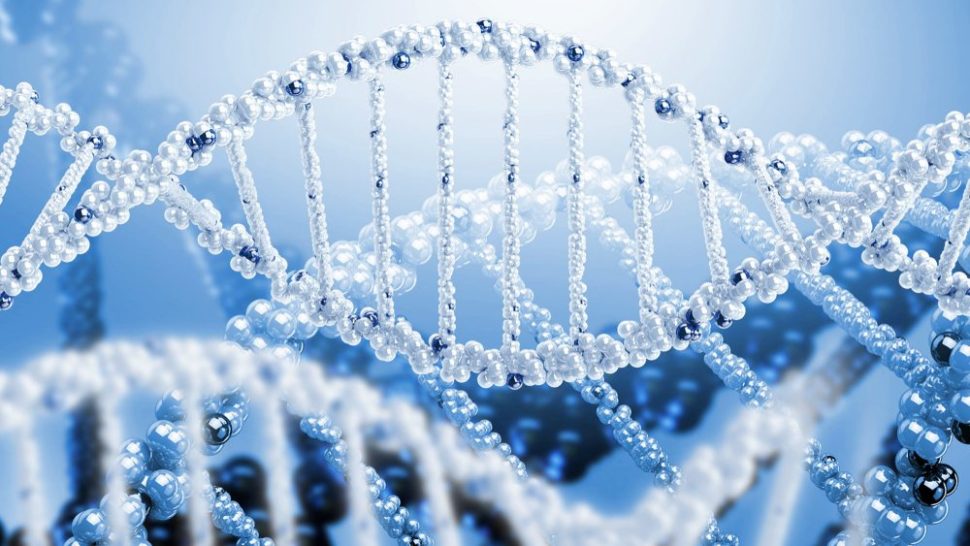This article explores recent news regarding the gene editing technology CRISPR-Cas9. Specifically, it covers how CRISPR can help coral reefs, a “one-shot” cell treatment for hemophilia, and more.
Gene editing with CRISPR-Cas9 may be the closest humankind has come to realizing science fiction. Though limitations still affect the multitude of applications, each day brings us closer to achieving new goals with the biotechnology.
In recent news, some scientists believe gene editing tools can save dwindling coral reef communities. Other companies are producing at-home CRISPR kits to work like “biological search engines.”
So why is George Church, the pioneering CRISPR scientist, using an older technology in human genome immunization research?
CRISPR Technology for Coral Reefs
In 2017, scientists warned that more than 90% of the Earth’s coral reef could die by 2050. In fact, around 50% of coral reefs disappeared in the last 30 years.
But a Stanford University School of Medicine study signals that CRISPR could modify coral genes. The process involves defining the different aspects of coral genomes and the study’s work is unprecedented in regards to coral.
Proceedings of the National Academy of Sciences of the United States of America (PNAS) published the paper on April 25th, 2018. Lead author Phillip Cleves says that engineering incredibly robust species of coral is not the goal.
“Right now, what we really want to do is figure out the basic mechanisms of how coral works and use that to inform conservation efforts in the future…Maybe there are natural gene variants in coral that bolster their ability to survive in warmer waters; we’d want to know that.”
The study is a “proof-of-principle” study, so these researchers have more work ahead of them. Cleves hopes that this paper will serve as a “blueprint” for other scientists manipulating coral genes.

Stem Cells and Gene Editing Combine
Salk Institute scientists fused stem cell technology with CRISPR-Cas9 gene editing biotech recently. The goal: a “one-shot” hemophilia gene treatment to improve a patient’s blood clotting abilities.
Hemophilia B is monogenic with a broad therapeutic window, so the authors find it a very good candidate for gene editing. But this gene therapy’s success could spell success for other stem-cell-derived liver cell treatments.
Not only does it seem to be effective, this process can minimize the number of treatments a patient needs to have to maintain efficacy.

The team saw immensely successful results in their animal testing with just one injection. Gene edited liver cells derived from stem cells were still functioning and viable in hemophiliac mice for almost a year.
Genetic Engineering & Biotechnology News spoke to chief researcher Suvasini Ramaswamy about what this study means.
Though there are more steps to be taken, Ramaswamy indicated that the study showed the “feasibility of autologous and heterologous cell therapy for treatment of hemophilia B.” But overall, the study shows the benefits of autologous cell therapy and gene editing.
Test Your Body With CRISPR Search Engine
Mammoth Biosciences wants everyone to have a portable CRISPR test at home. The test uses CRISPR biotech to detect bacteria, genetic mutations, and viruses in blood, urine, or saliva.
Mammoth CEO Trevor Martin envisions a world where people can rapidly screen for early signs of cancer. People can also discern which strain of flu they have and treat it accordingly.
Researchers continue to develop the test, likely not coming to market for a few years. But the concept is absolutely genius.
Users want to develop a paper strip upon which users put biological fluids. Then, they upload a photo to a companion app to gain results. Users will also be able to get professional advice based on test results.
Researchers want to parlay this technology into agriculture realms, as well.
Mammoth Biosciences and co-founder and CRISPR pioneer Jennifer Doudna told Engadget:
“With use cases ranging from individuals to larger healthcare systems, agriculture, mining and beyond, Mammoth is taking CRISPR out of the lab to create something that is transformative for the general public…”
Industry 4.0 requires this kind of democratization and technology integration. Hopefully, researchers continue to develop this technology and hypochondriacs like me can spare a doctor valuable time.

TALENs to be Used for Genome Recoding
“Project Recode” wants to engineer human cells to be invulnerable to various infections.
The process involves editing about 400,000 changes to 20,000 human genes according to MIT. Of course, that isn’t the most daunting part of this CRISPR-Cas9 gene editing news.
The bizarre news relates to George Church, geneticist, Harvard professor, and one of the first CRISPR gene editors. He will be participating in Project Recode, but won’t be using CRISPR tech.
CRISPR involves cutting DNA in its gene editing process which is difficult in large numbers. Church told Forbes that he will more than likely use TALEN technology instead.
TALENs, which means transcription activator-like effector nucleases, works using enzymes to change DNA code across an entire genome with high specificity. This comes from the Wyss Institute at Harvard.
TALENs still work by “cutting” just like CRISPR, but the enzyme makes it easier, in theory, for large-scale projects such as recoding an entire genome. Church indicates that both technologies are viable and should be considered in various projects.
We will keep you updated as these stories develop. In the meantime, catch up on how CRISPR-Cas9 developed with our handy-dandy guide.



















Comments (0)
Most Recent